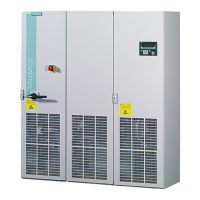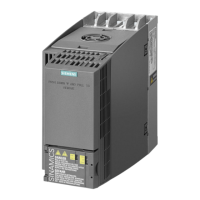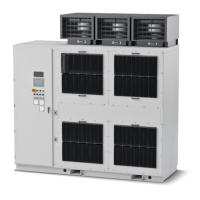Configuration
5.3 Dimensioning
Synchronous Motors 1FK7
Configuration Manual, (PFK7S), Edition 12.2006, 6SN1197-0AD16-0BP1
63
Figure 5-4 Limit curves for synchronous motors
5.3.2 2. Definition of the load event, calculation of max. load torque
Load duty cycles
The motor is selected based on the load which is specified by the application. Different
characteristic curves must be used for different load events.
The following operating scenarios have been defined:
• Load duty cycle with constant ON period
• Load duty cycles with varying ON period
• Free duty cycle
The objective is to identify characteristic torque and speed operating points, on the basis of
which the motor can be selected depending on the particular load.
Once the operating scenario has been defined and specified, the maximum motor torque is
calculated. Generally, the maximum motor torque is required when accelerating. The load
torque and the torque required to accelerate the motor are added.
The maximum motor torque is then verified with the limiting characteristic curves of
the motors.
The following criteria must be taken into account when selecting the motor:
• The dynamic limits must be adhered to, i.e., all speed-torque points of the relevant load
event must lie below the relevant limiting characteristic curve.
• The thermal limits must be adhered to, i.e. for synchronous motors, the RMS motor
torque at the average motor speed resulting from the duty cycle must lie below the
S1 characteristic curve (continuous duty). For induction motors, the RMS value of
the motor current within a duty cycle must be less than the rated motor current.
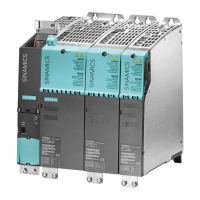
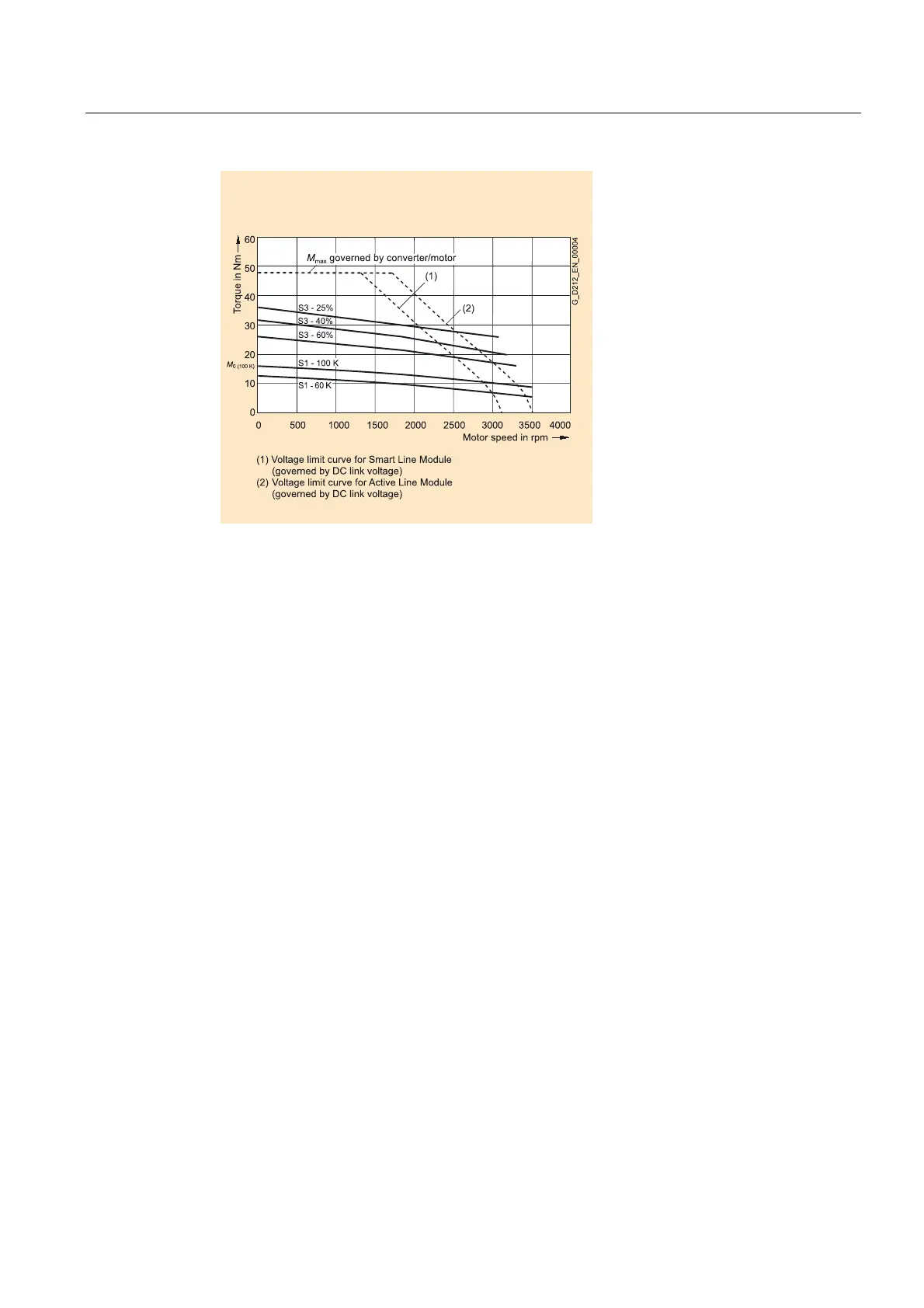